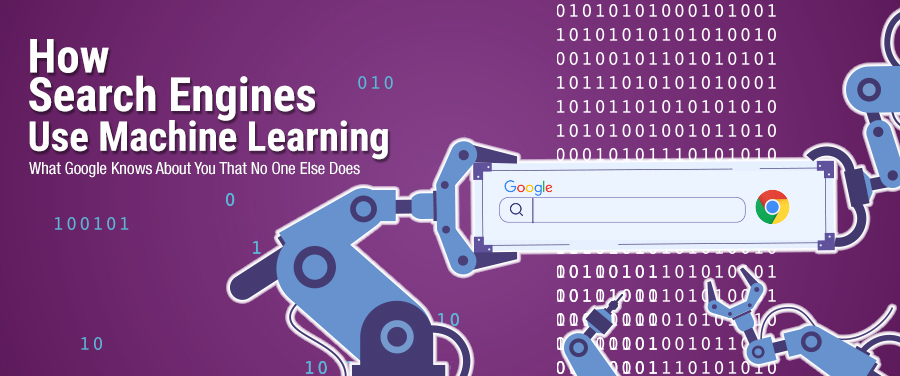Search Engine Secrets
What Google Knows About You That No One Else Does! Check Out This Simple Guide on How Machines Learn & Why They Should Be Your Priority When Optimizing Your Site or Digital Marketing.
Search engines are always improving the way they deliver information to users. But how exactly do they do it? In this article, we will take a look at some of the fundamental ways search engines use machine learning to make our lives easier. In recent years, search engines have been investing in Machine Learning techniques to help them process the huge amounts of data being generated by their users. The benefits are enormous: better relevancy, richer results, and smoother navigation for all.
Sorts of Artificial Intelligence
Narrow or Weak AI
Weak AI is something different; it's the term used to describe an intelligent machine with the ability to learn without any programming or human input.
General or Strong AI
Strong AI refers to artificially intelligent machines that are able to perform tasks that were previously thought impossible for machines, like playing chess, beating humans at video games, translating languages from one language to another, and driving cars autonomously.
Artificial superintelligence
Artificial Superintelligence is a term used to describe the hypothetical development of a machine that has intelligence greater than any human being. The future is bright for Artificial Superintelligence because it will have limitless possibilities in terms of what it can do for society and humans as well as how we can integrate it into our daily lives.
These are some of the ways that we know search engines use machine learning right now.
Pattern detection
Search engines have been using machine learning for a long time now. They use it to understand and process the data that is fed to them. Machine learning is an emerging technology which is used to detect patterns in data. This allows search engines to find the most relevant results for the query, based on past data. Machine learning makes use of statistical methods to identify patterns in data and make predictions based on these patterns. Machine learning uses algorithms to learn from data, making predictions and acting upon the data, in turn, to improve the accuracy of future predictions.
Identification of new signals
A Machine Learning algorithm is trained with large amounts of data using a process known as supervised learning. This means that the model learns from all feature values, or signals' value, in the available training set until it reaches an acceptable level of accuracy eventually resulting in sound statistical central tendency and redundancy between different features. The identification algorithms use Bayesian methods to predict their degree of confidence for each expected bitstream results through positive measurements on basis combining both pattern analysis and new-signal identification.
It's weighted as a small portion
According to what it has gone through, machine learning also processes and makes decisions based on data. It is a technology which can make sense of patterns from pre-existing datasets according to predetermined outcomes or classes that are determined beforehand by the dataset owner. The complicated nature of understanding how the computer would go about classifying objects with its current state may be deemed impossible for humans without stoplights and statues.
Custom signals based on Specific query
In this scenario, the learning process will take into account signals that are specific to a particular type of query. This essentially creates custom signaling in Zones. In other words, even without predictive quality or fine-tuned accuracy on its part because it is not trained with all available data sets but only certain datasets, Machine Learning may still provide successful outcome rate and error rates when put through high demands.
For instance, if I search [America Football stadium] in an incognito browser, I get the answer [Bender Arena Stadium].
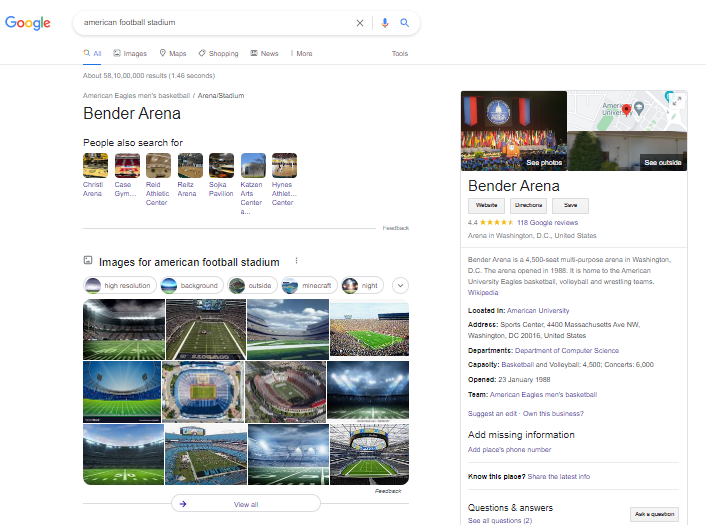
Next, if I search in the same browser for just jets, Google assumes that because my last query was about football stadiums and now this one is also about footballs.
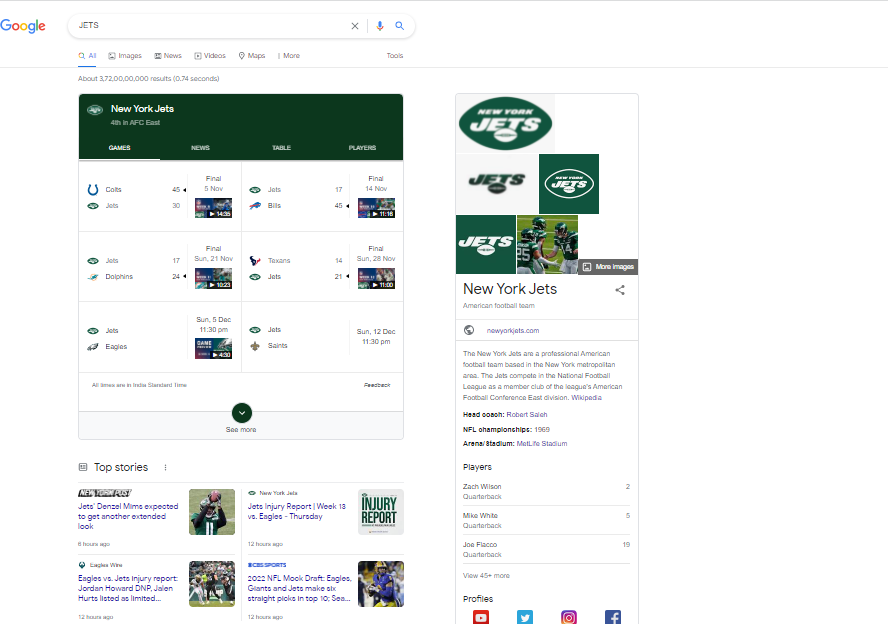
As Google continues to use my search history, it learns what I am interested in and changes things automatically for me.I found information about the Jacksonville Jaguars, a football team in Florida that is related to my last two searches.
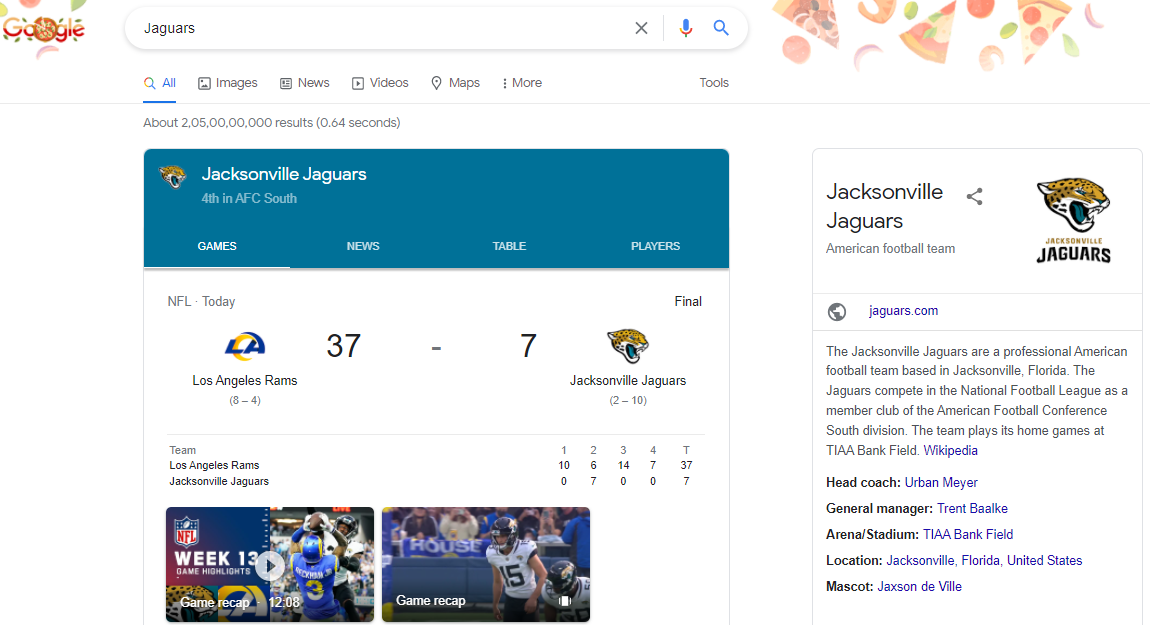
I searched for a phrase that started with a zoo near San Diego and typed the word zoo in the search box. But when I did this, Google suggested zoos with jaguars ,even though I have not searched for jaguars.
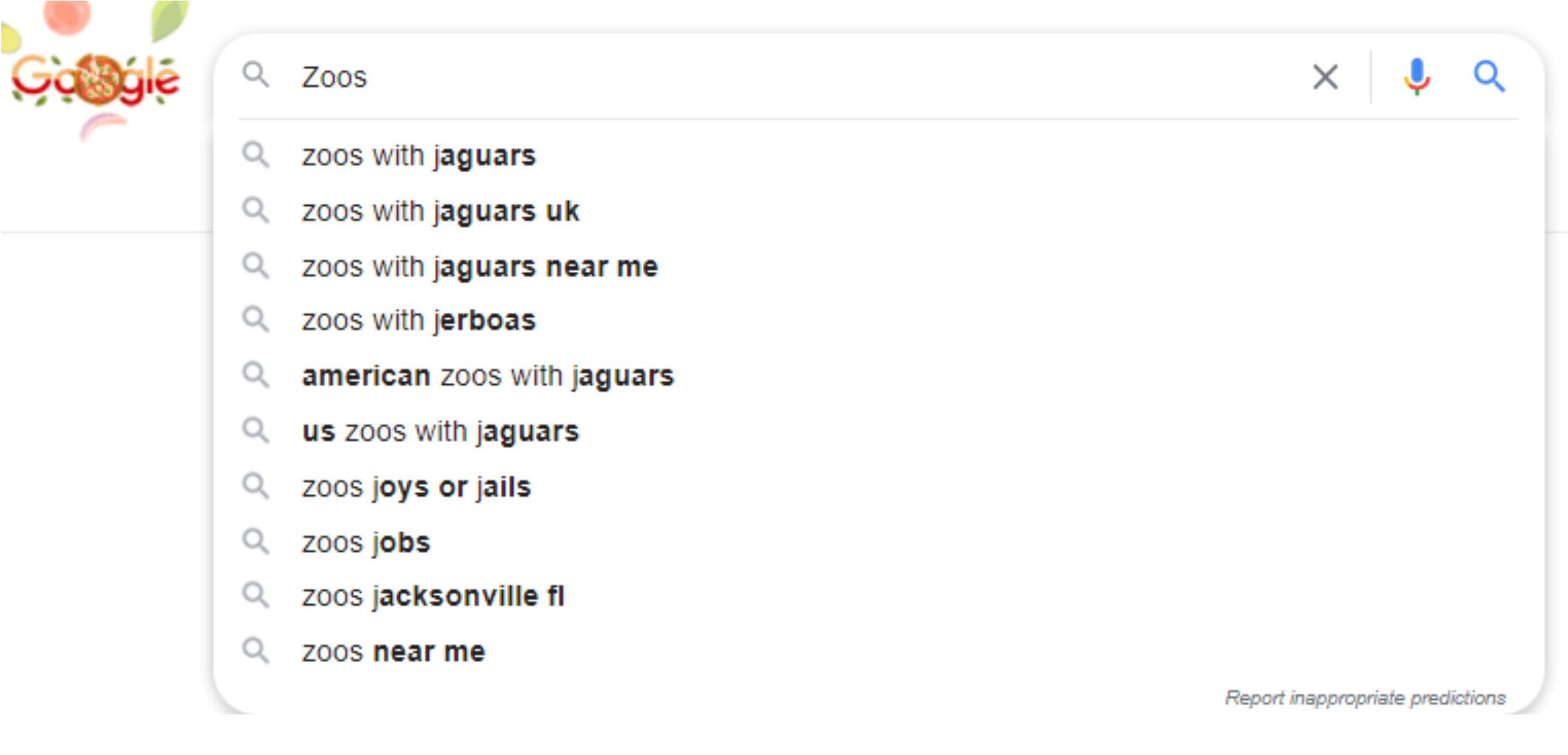
Machine learning processes search history in order to make a better search experience for users based on what they have searched before and other information about them like their location, age, gender etc..
Natural Language processing
A process is set up which converts text (explicit or implicit) into an interpretable state. This process takes in-depth factors such as domain knowledge, sound analysis equipment and existing datasets to convert signals into recognizable sentences that are easily understood by the machine translation for more enhanced human interaction with machines instead of focusing on technological advancements alone.
Image search to understand photos
The best way to understand photos is by using the Google Image Search tool. This tool lets you search for any image and provides a wealth of information on the photo. If you want to find out more about the image, it will give you keywords that describe what's in the photo as well as a description of the image itself. You can also get detailed information on where and when it was taken.
Ad quality and targeting improvements
Ad quality and targeting improvements are the two most important aspects of advertising on social media. Ad quality refers to how appealing your ad is and how it can be understood by a customer. It also includes whether or not your ad will lead to conversions like sales, leads, or feedback from customers. Targeting improvements focus on reaching the right audience based on demographics, interests, and behaviors that are shown in the past posts they have liked or shared.
Synonyms identification
When you don't know what a word means, Google will use its own computer program called RankBrain to identify other meanings of the same word so more people can look up and find it using their browser when they type in any given keyword or phrase into an internet search engine like Google.
When you see search results that don't have your keyword, it could be Google using its new algorithm called RankBrain to identify synonyms of those words.
You will find the words "forest preservation" when you search for [protection]. They are interchangeable on that website too as they both mean protection of forests and/or trees through different approaches.
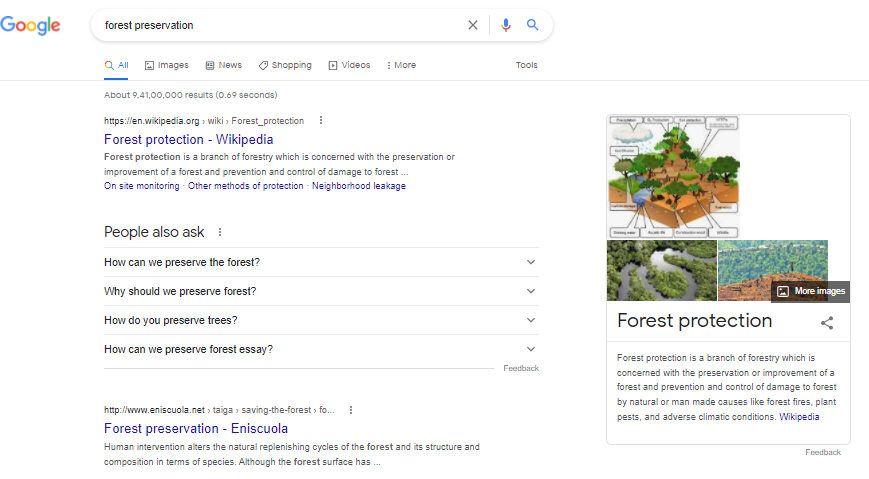
Google even shows synonyms for some words. They seem to recognize them as well.
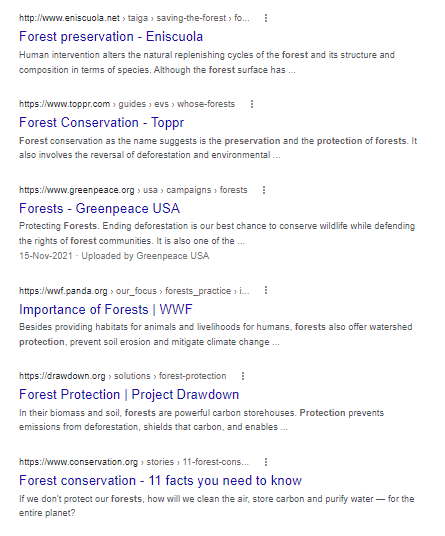
Query clarification
If someone can't find the answer to their query on your website, they will typically type in a question mark. This means Google wants whatever information is relevant among the top search results that web searchers are looking for so this could mean multiple different websites and pages but it ties back to enhancing human interaction with machines by providing context.
An example for best schools,This SERP displays results from all the universities in the world and their school descriptions. It also shows how Google understands a person's search intentions behind it because you can only see schools that are on your list of intended searches for each university name, which is why you can only see certain ones listed here.
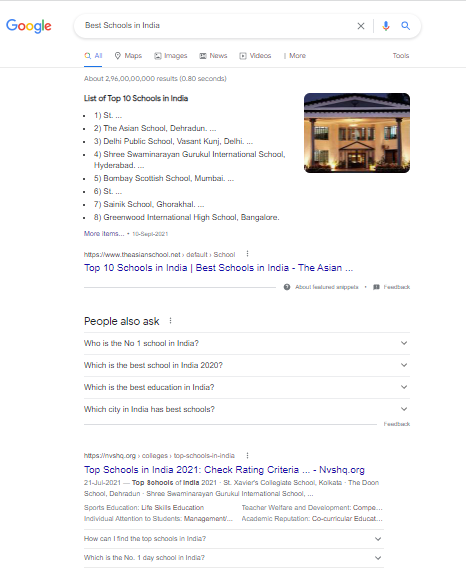
Summary
We have seen a lot of great advancements in the past few years. These changes are the result of Google taking the initiative to improve its services and make them more accessible to everyone, regardless of their level of knowledge or experience. This can be seen in the variety of ways it improves search results, from adding new features like Maps to using artificial intelligence and machine learning.
